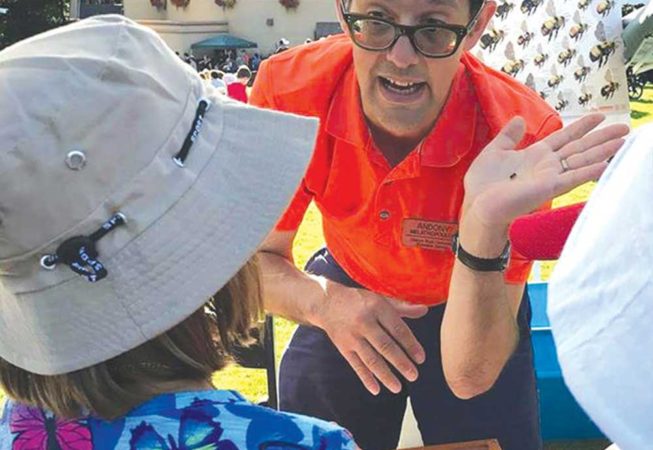Are Honey Bees Like Chickens and Bumble Bees Like Polar Bears? Towards a more sensible strategy around protecting managed and native bees
Concerns have emerged around honey bees competing for floral resources that native bees need. Moreover, there are concerns around honey bee viruses moving to native bee populations. These concerns are spilling over to broad policy proposals to exclude honey bees from certain areas, but also into mass culture, where honey bees are portrayed as mass produced livestock, unworthy of protection. But beyond the bluster and rhetoric, what do we know about the overlapping needs of native bees and honey bees in Oregon? What might a sensible approach to keeping honey bees and our native bee populations healthy look like?
Andony Melathopoulos is an Assistant Professor in Pollinator Health Extension in the Department of Horticulture at Oregon State University, which was the first such position in the US. He also sits on the Steering Committee of the Oregon Bee Project, which coordinates pollinator health work across state agencies; leads the Oregon Bee Atlas; and hosts a weekly podcast called PolliNation. In 2018 Andony was recognized with the national Pollinator Advocate award by the North American Pollinator Protection Campaign.

